The largely forgotten Swiss clockmaker Jost Bürgi (1552-1632) was a universal genius. He is considered one of two discoverers of logarithms. He worked at the imperial court in Prague with the astronomer Johannes Kepler.
The large-format, heavyweight companion book to the exhibition “Jost Bürgi 1552-1632. Keys to the Cosmos” at the Kulturmuseum St. Gallen (September 16, 2023 to March 3, 2024) explores the life and work of the Swiss universal genius. Bürgi (see Fig. 1) was not only a highly talented clockmaker, but also an instrument maker and mathematician. He came from Lichtensteig in Toggenburg (Canton St. Gallen). Bürgi worked from 1579 to 1604 as a court clockmaker for Landgrave Wilhelm IV of Hessen-Kassel and from 1604 to 1612 for Emperor Rudolf II in Prague, where he collaborated with the famous astronomer Johannes Kepler (1571-1630).
Figure 1: Portrait of Jost Bürgi
Drawn in 1619 by Ägidius Sadeler.
The frame by Anton Eisenhoit engraved in 1590/92,
shows the many applications of the triangular instrument developed by Bürgi.
Credit: ETH Zurich
The accompanying book, with many color pictures, describes the cultural and technical historical environment of Bürgi. The contributions of the various experts are very readable, but there are also some repetitions and contradictions. The book contains, among other things, a catalog raisonné and an exhibition catalog, which is somewhat confusing. For example, Bürgi’s mechanical celestial globes appear in both places: Kassel 2 and Paris in the catalog raisonné, Kassel 1, Zurich, and Dresden/Weimar in the catalog. Helpful is the glossary, which explains many terms. Unfortunately, a chronological table is missing. Because there is no alphabetical index of subjects, names, and places, looking up information in the book is difficult. The special exhibition is varied, but probably Bürgi’s most magnificent works are missing, e.g. the Vienna Planetary Clock and the Crystal Clock. They are located in the Kunsthistorisches Museum Vienna.
The Scotsman John Napier (1550-1617) and Jost Bürgi independently discovered logarithms (see Fig. 2). Bürgi found them first, but Napier published them first (1614). A forerunner was Michael Stifel. The priority dispute, which has been going on for a very long time, is only touched upon in the companion book. In many historical writings, Bürgi’s merit is hushed up. In 2014, a conference on the 400th anniversary of logarithms was held in Edinburgh. Speakers from Switzerland were not allowed for nationalistic reasons. Only in 2013 did Bürgi’s artificium (1592, method for calculating sine values) become known.
Figure 2: Arithmetic and Geometric Progress Tabules, Jose Bürgi, Prague 1620.
Credit: Universitätsbibliothek Graz
Bürgi considerably improved the sector (with movable pivot) developed in Italy (Federico Commandino 1568) and France (Jacques Besson 1571). Bürgi’s design has points at all four ends (see Fig. 3).
Fig. 3: Sector of Bürgi (around 1587).
The pivot of this four-point calculating device is adjustable. With this versatile instrument,
line segments, areas, and volumes can be measured and reduced or enlarged in any proportion.
Credit: Museumslandschaft Hessen Kassel, Astronomisch-physikalisches Kabinett
In addition to surveying instruments (e.g. sextants) and mathematical instruments, the Toggenburger also produced excellent globes (see Fig. 4) and very accurate clocks (see Figs. 5 and 6).
Fig. 4: Celestial globe, Zurich.
Jost Bürgi, Kassel, 1594, signed: “JUSTUS BYRGI Fecit Casselis Anno 1594” brass gilt, steel, silver.
Credit: Swiss National Museum, Zurich
Fig. 5: Equatorial clock with cover lifted up (1591).
The complex astronomical bracket clock of the clockmaker Jost Bürgi indicates the difference
between the mean and the true movements of the sun and moon (so-called equation).
Credit: Museumslandschaft Hessen Kassel, Astronomisch-physikalisches Kabinett
Fig. 6: Viennese crystal clock (1622/1627).
The gold-plated table clock of Jost Bürgi has a mechanical globe and is comprised of
copper alloy, silver, and mountain crystal, and the mechanism is made of brass.
Credit: Kunsthistorisches Museum Wien/KHM-Museumsverband
The recommended book accompanying the Bürgi exhibition provides a lot of little-known information about the Toggenburg inventor and researcher.
Accompanying book
Kulturmuseum St.Gallen (Hg.): Jost Bürgi 1552–1632. Schlüssel zum Kosmos, FormatOst, Schwellbrunn 2023, 328 Seiten
Further reading
Arneth, A.: Die Geschichte der reinen Mathematik in ihrer Beziehung zur Geschichte der Entwicklung des menschlichen Geistes, Franck’sche Verlagshandlung, Stuttgart 1852, vi, 293 pages (discovery of the logarithmen by John Napier und Jost Bürgi, pages 239–242)
Camerota, Filippo (ed.): Museo Galileo + masterpieces of sciences, Giunti Editore S.p.A., Florence 2010, 334 pages (Jost Bürgi: pages 150/151)
Bruderer, Herbert: Meilensteine der Rechentechnik, De Gruyter Oldenbourg, Berlin/Boston, 3. Auflage 2020, volume 1, 970 pages, 577 Abbildungen, 114 Tabellen, https://www.degruyter.com/view/title/567028?rskey=xoRERF&result=7
Bruderer, Herbert: Meilensteine der Rechentechnik, De Gruyter Oldenbourg, Berlin/Boston, 3. Auflage 2020, volume 2, 1055 pages, 138 Abbildungen, 37 Tabellen, https://www.degruyter.com/view/title/567221?rskey=A8Y4Gb&result=4
Bruderer, Herbert: Milestones in Analog and Digital Computing, Springer Nature Switzerland AG, Cham, 3rd edition 2020, 2 volumes, 2113 pages, 715 illustrations, 151 tables, translated from the German by John McMinn, https://www.springer.com/de/book/9783030409739
Clark, Kathleen M.; Montelle, Clemency: Priority, parallel discovery, and pre-eminence Napier, Bürgi and the early history of the logarithm relation, in: Revue d’histoire des mathématiques, volume 18, 2012, issue 2, pages 223–270
Dolz, Wolfram; Schardin, Joachim; Schillinger, Klaus; Schramm, Helmut: Uhren, Globen, wissenschaftliche Instrumente, Mathematisch-physikalischer Salon, Dresden Zwinger, Karl M. Lipp Verlag, Dresden 1993, 115 pages (globe clock of Jost Bürgi)
Faustmann, Gerlinde: Jost Bürgis Progress Tabulen und die Entwicklung der Logarithmen, in: Jaroslav Folta (ed.): Science and technology in Rudolfinian time, National Technological Museum in Prague, Prague 1997, pages 111–126
Faustmann, Gerlinde: Jost Bürgi (1552–1632). Leben und Werke, in: Rainer Gebhardt (ed.): Rechenbücher und mathematische Texte der frühen Neuzeit, Adam-Ries-Bund, Annaberg-Buchholz 1999, pages 167–176 (proceedings)
Gronau, Detlef: Die Logarithmen, von der Rechenhilfe über Funktionalgleichungen zur Funktion, in: Michael Toepell (ed.): Mathematik im Wandel, Verlag Franzbecker, Hildesheim, Berlin 2001, pages 127–145 (Jost Bürgi, John Napier)
Havil, Julian: John Napier. Life, logarithms, and legacy, Princeton University Press, Princeton, New Jersey, Oxford 2014, xv, 279 pages (The Swiss claimant (Jost Bürgi), pages 264–269)
Henry, Philippe; Wanner, Gerhard: Zigzags with Bürgi, Bernoulli, Euler and the Seidel-Entringer-Arnol’d triangle, in: Elemente der Mathematik, volume 74, 2019, issue 4, pages 141–168 (artificium)
Läubli, Martin: Das verkannte Genie, in: Tages-Anzeiger, Nr. 70, 25 March 2014, page 34 (Wissen; Jost Bürgi)
Launert, Dieter: Sinustafel wiederentdeckt – Bürgis „Kunstweg” entschlüsselt, in: Mitteilungen der deutschen Mathematiker-Vereinigung, volume 24, 2016, issue 2, pages 89–94
Leopold, John H.: Die zwei mechanischen Himmelsgloben von Jost Bürgi in Kassel, in: Ludolf von Mackensen (ed.): Die erste Sternwarte Europas mit ihren Instrumenten und Uhren. 400 Jahre Jost Bürgi in Kassel, Verlag Georg D. W. Callwey, München, 3rd edition 1988, pages 70–88 (globes)
Loeffel, Hans: Das mathematische Werk Jost Bürgis, in: Armin Müller (ed.): Jost Bürgi (1552–1632), Toggenburger Vereinigung für Heimatkunde, Wattwil 1982, pages 37–51 (Toggenburgerblätter für Heimatkunde, 34. issue, 1982)
Lutstorf, Heinz Theo: Die Logarithmentafeln Jost Bürgis. Bemerkungen zur Stellenwert- und Basisfrage. Mit Kommentar zu Bürgis „Gründlichem Unterricht”, ETH-Bibliothek, Zürich 2005, vii, 169 pages
Lutstorf, Heinz Theo; Walter, Max: Jost Bürgis „Progress Tabulen” (logarithms), ETH-Bibliothek, Zürich 1992, v, 44+60 pages (Schriftenreihe der ETH-Bibliothek, Nr. 28)
Nicollier, Grégoire: How Bürgi computed the sines of all integer angles simultaneously in 1586, in: Mathemathische Semesterberichte, volume 65, 2018, issue 1, pages 15–34 (artificium)
Rice, Brian; González-Velasco, Enrique; Corrigan, Alexander: The life and works of John Napier, Springer international publishing AG Switzerland, Cham 2017, xviii, 994 pages (The question of priority (Jost Bürgi): pages 429–431)
Scheicher, Elisabeth: Die Kunst- und Wunderkammern der Habsburger, Verlag Fritz Molden, Wien, München etc.. 1979, 208 pages (Jost Bürgi, pages 153–157)
Schweizerisches Nationalmuseum (ed.): 26 Dinge, Verlag Scheidegger & Spiess, Zürich 2016, 112 pages (celestial globe of Jost Bürgi, 1594)
Sonar, Thomas: 3000 Jahre Analysis. Geschichte – Kulturen– Menschen, Springer-Verlag, Berlin, Heidelberg, 2nd edition 2016, xxiv, 712 pages (series „Vom Zählstein zum Computer”; Logarithms; Jost Bürgi, pages 185–188)
Thorndike, Lynn: A history of magic and experimental science. The seventeenth century, volume 7, Columbia University Press, New York 1958, x, 695 pages (Bürgi, Napier)
Voellmy, Erwin: Jost Bürgi und die Logarithmen, in: Elemente der Mathematik, Beihefte zur Zeitschrift, volume 3/4/5, 1948, Nr. 5, pages 1–24
von Braunmühl, Anton: Vorlesungen über Geschichte der Trigonometrie, part 2: Von der Erfindung der Logarithmen bis auf die Gegenwart, Druck und Verlag von B. G. Teubner, Leipzig 1903, xi, 264 pages (Erfindung der Logarithmen, Jost Bürgi, John Neper, page 2)
Waldvogel, Jörg: Jost Bürgi and the discovery of the algorithms, Forschungsbericht Nr. 2012-43, Seminar für angewandte Mathematik, ETH Zürich 2012, ii, 29 pages
Waldvogel, Jörg: Jost Bürgi and the discovery of the logarithms, in: Elemente der Mathematik, volume 69, 2014, issue 3, pages 89–117
Waldvogel, Jörg: Jost Bürgi’s artificium of 1586 in modern view, an ingenious algorithm for calculating tables of the sine function, in: Elemente der Mathematik, volume 71, 2016, issue 3, pages 89–99 (artificium)
Herbert Bruderer (herbert.bruderer@bluewin.ch; bruderer@retired.ethz.ch) is a retired lecturer in the Department of Computer Science at ETH Zurich and a historian of technology.

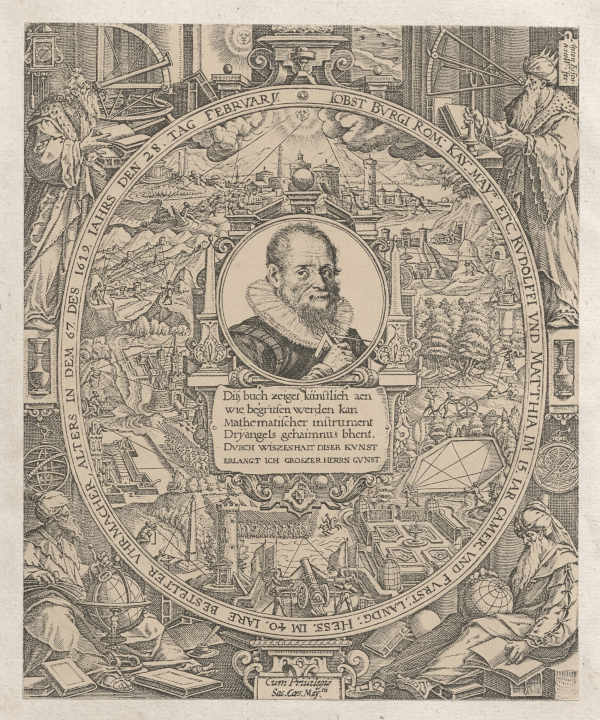
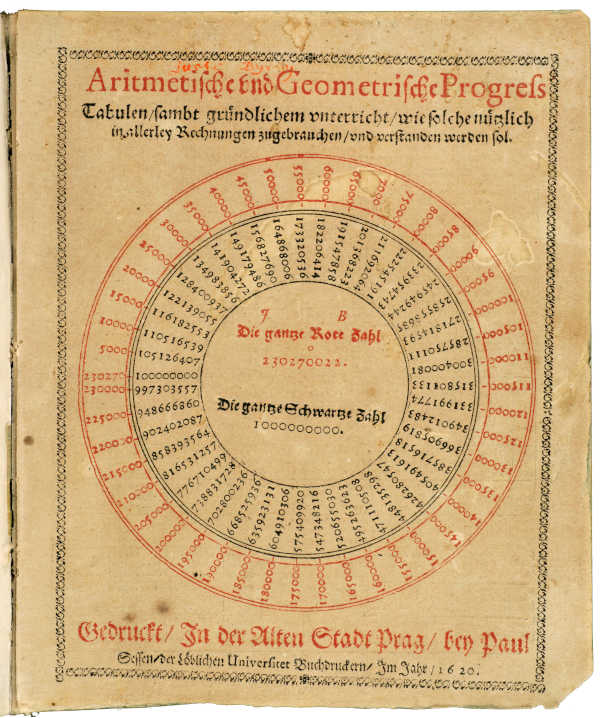
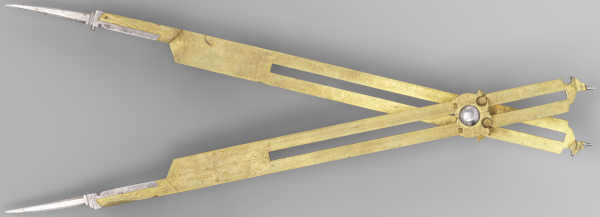
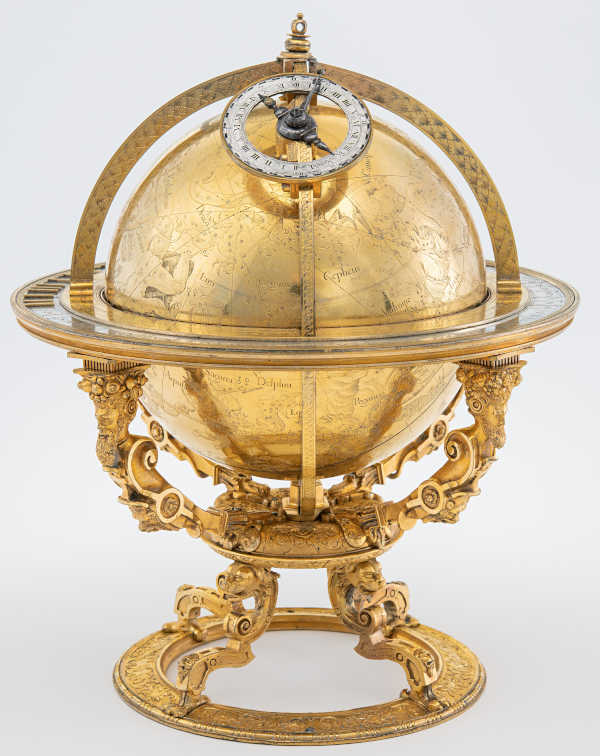
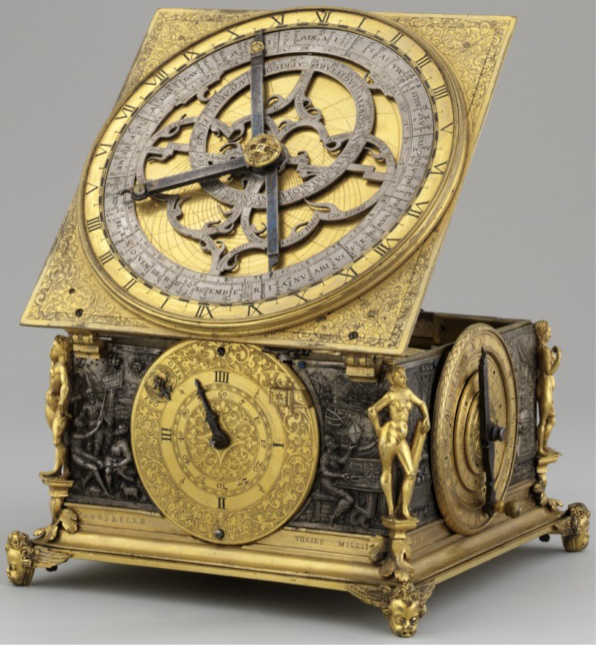
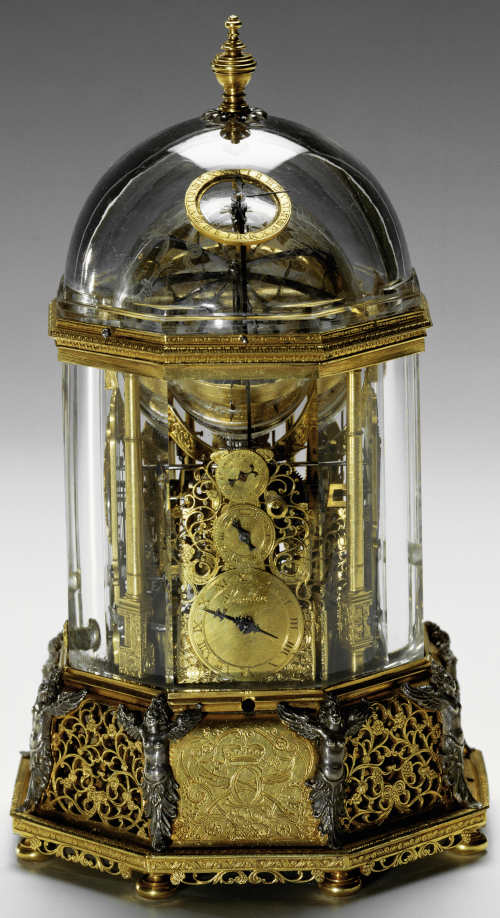



Join the Discussion (0)
Become a Member or Sign In to Post a Comment